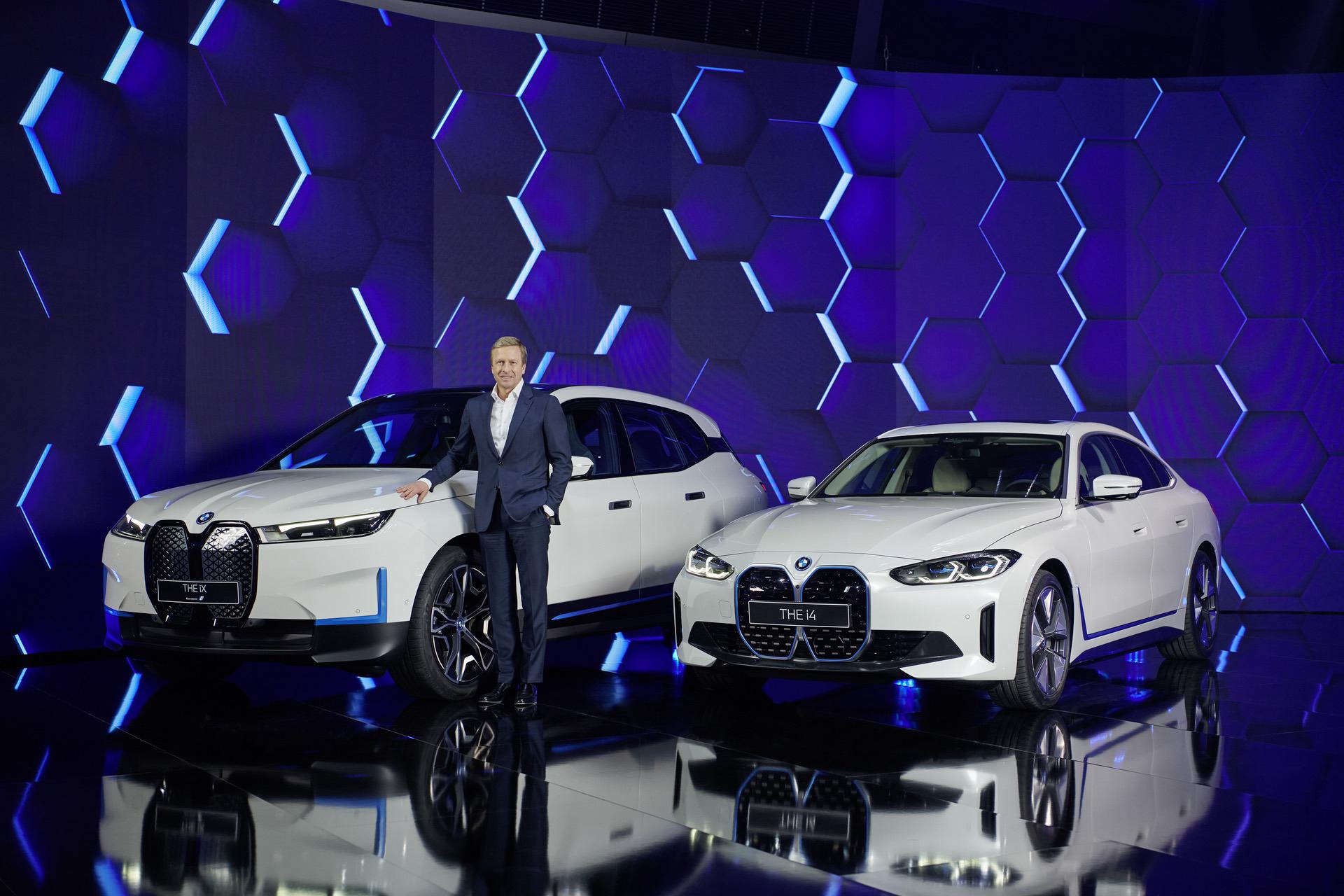BMW is currently immersed in a transition process towards electric mobility consisting of three phases. The first began in 2014 and sought to make the brand a pioneer in the sector with the i3. The second is currently under development and has the objective to offer customers different types of powertrain in the same model thanks to the use of flexible architectures. The third will start in 2025 and will be accompanied by the use of a dedicated platform for electric cars.
This third stage has been baptized as Neue Klasse (“New Class” in German), a term that the Bavarian firm already used in the past to designate a family of sedans and coupes manufactured from 1962 to 1977. This “Neue Klasse” allowed BMW to definitively overcome the economic problems that it had suffered in the 50s, establishing its personality as a manufacturer of sports focus models.
Three pillars will characterize the new Neue Klasse:
-A redefined software architecture
-A new generation of high-performance battery and electric powertrains
-A particular focus on sustainability throughout the entire life cycle of vehicles
As with the original Neue Klasse, the new Neue Klasse models will use a common platform.
“The BMW Group is never satisfied with what it has achieved so far; that’s what sets it apart from the rest of the market. This spirit will characterize the Neue Klasse: high-tech on four wheels for customers who want to experience in just five years what mobility will be like in 2030,″ said Oliver Zipse, CEO of BMW.
The operating system used in Neue Klasse cars can be adapted to the requirements and digital ecosystems of the different regions of the world they are sold; Besides, they will have OTA updates to always stay up to date. On the other hand, BMW will take the opportunity to enter a new market niche, offering configurable payment functions that will generate income throughout the vehicle’s life cycle.
Thanks to using a dedicated platform for electric cars, the BMWs in the Neue Klasse will have a more spacious cabin. Simultaneously, their design will be optimized from an aerodynamic point of view to improve efficiency, reduce consumption, and extend the range. The new generation of electric motors will be based on highly scalable modules that will cover all market segments.

